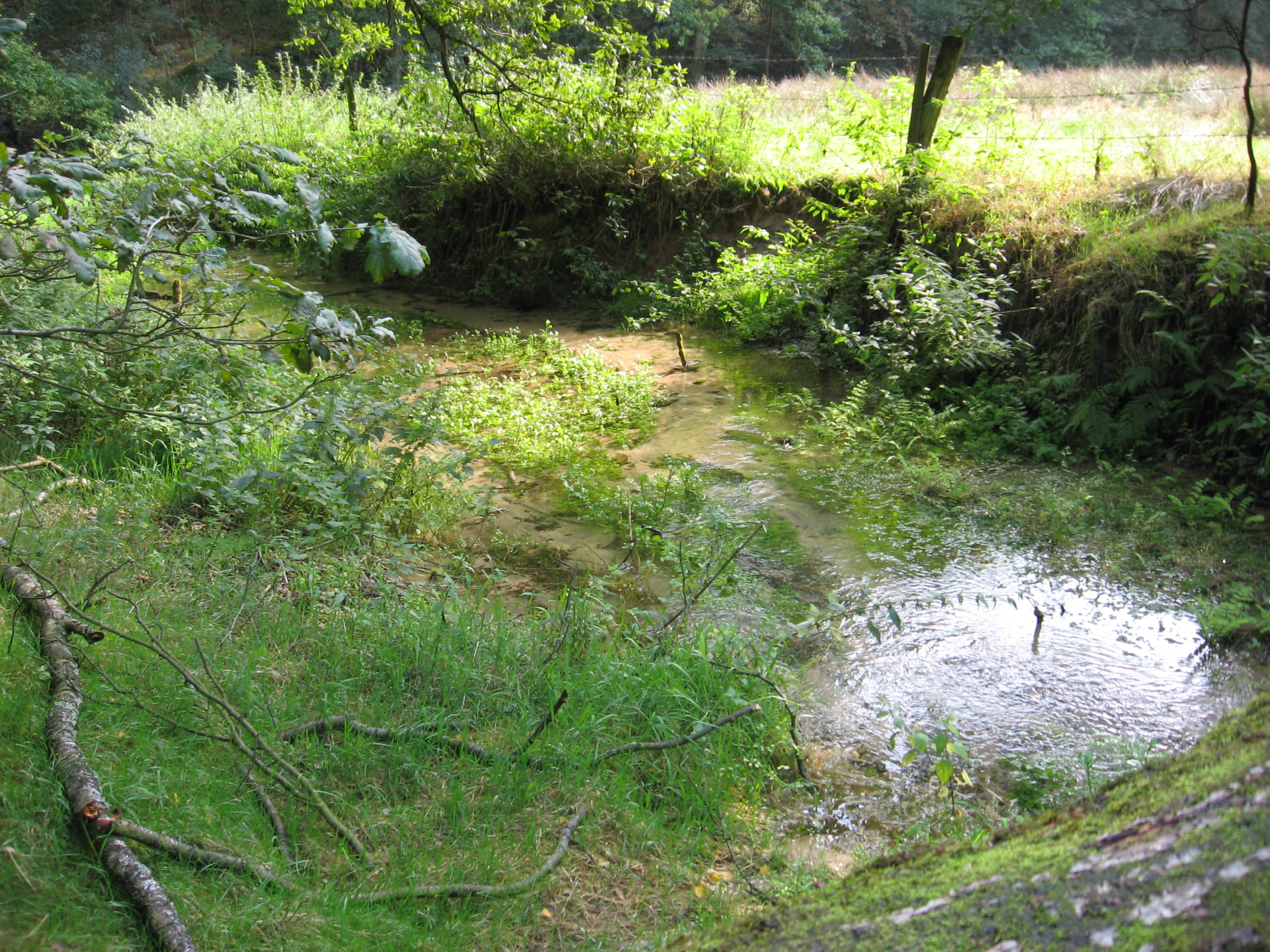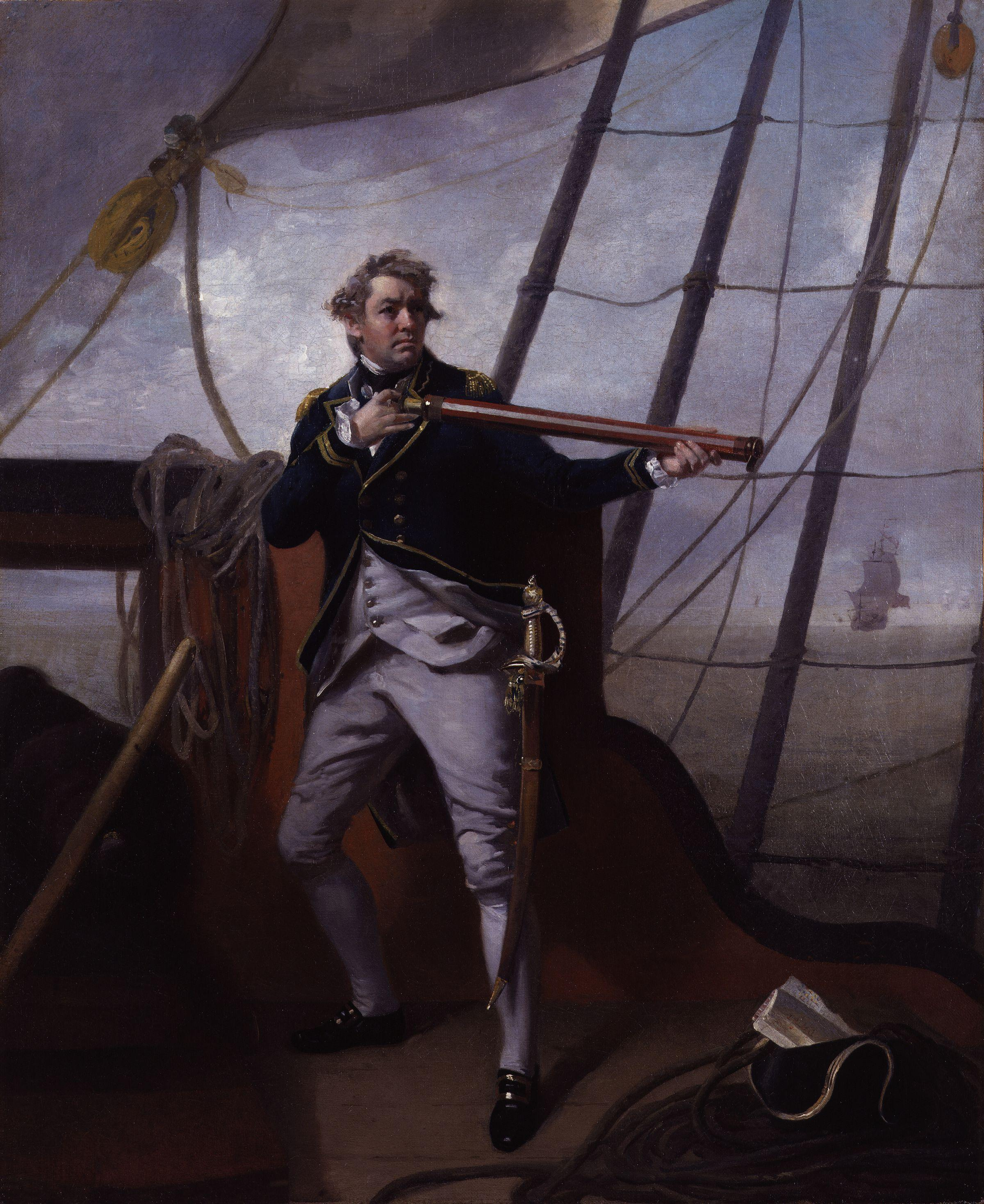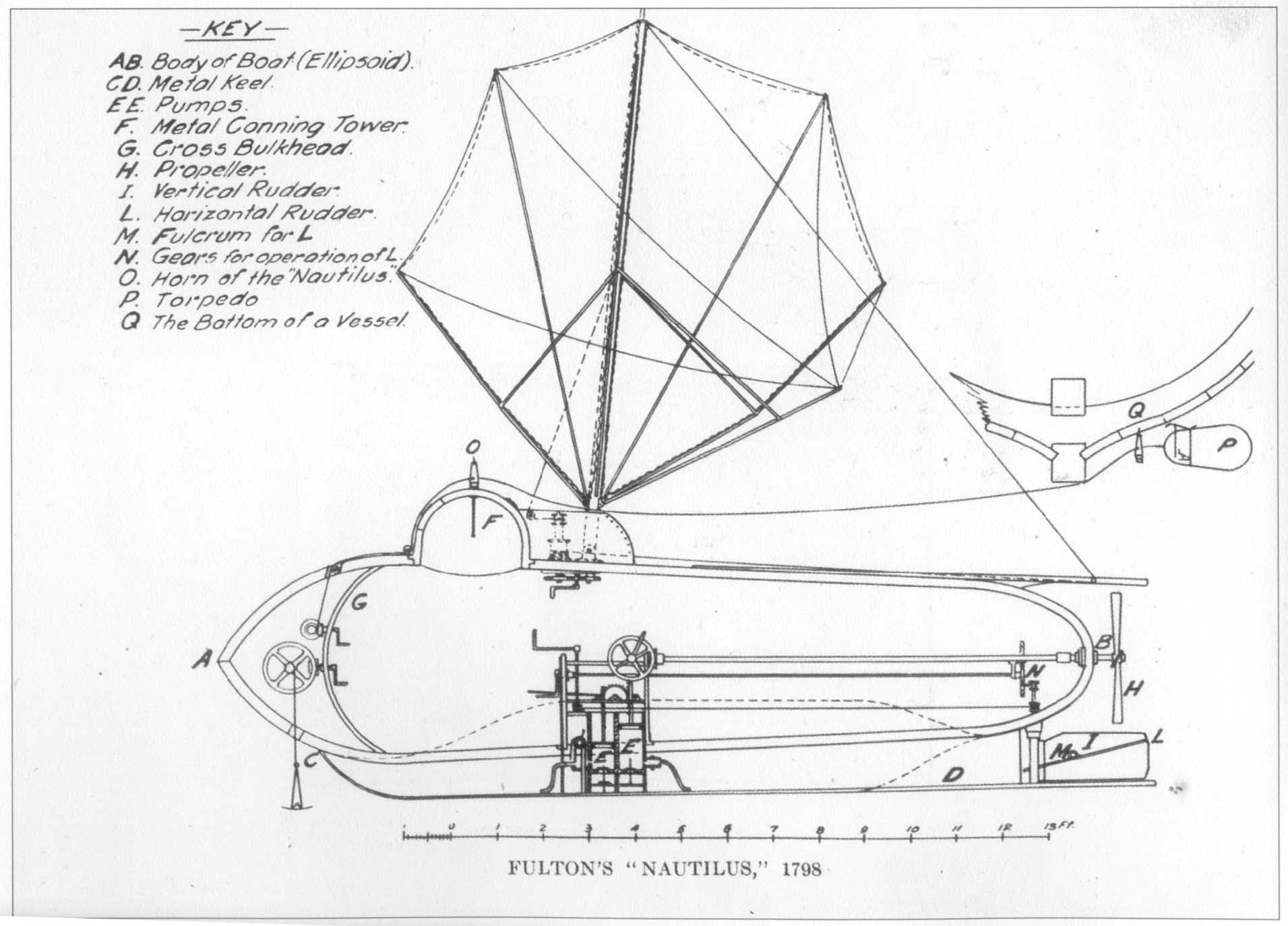|
HM Hired Cutter Rose
Between 1793 and 1805, five cutters served the British Royal Navy as hired armed vessels under the designation HM hired cutter ''Rose'': French Revolutionary Wars ''Rose'' (1793–1801) *''Rose'', of 55 tons ( bm) and armed with eight 3-pounder guns, served under contract between 22 March 1793 and 28 November 1801. On 15 September 1794, a court martial acquitted Lieutenant Walker of ''Rose'' of charges that he had taken money from merchants for protection of the trade between Leghorn and Bastia. On 26 February 1795 ''Rose'' and Lieutenant Walker captured the French privateer ''Terrible''. On 28 September 1795 ''Rose'', Captain William Walker was passing Capraria on her way from Leghorn to Bastia when at 4:30 am she encountered three French lateen-rigged privateers. ''Rose'' had thirteen men and a boy on board, and each of the privateers probably had 40 or more men. ''Rose'' was carrying three passengers, one a King's Messenger, and two ladies, and £10,000 in specie. Lieu ... [...More Info...] [...Related Items...] OR: [Wikipedia] [Google] [Baidu] |
Cutter (ship)
A cutter is a type of watercraft. The term has several meanings. It can apply to the rig (or sailplan A sail plan is a description of the specific ways that a sailing craft is rigged. Also, the term "sail plan" is a graphic depiction of the arrangement of the sails for a given sailing craft.> In the English language, ships were usually describe ...) of a sailing vessel (but with regional differences in definition), to a governmental enforcement agency vessel (such as a coast guard or border force cutter), to a type of ship's boat which can be used under sail or oars, or, historically, to a type of fast-sailing vessel introduced in the 18th century, some of which were used as small warships. As a sailing rig, a cutter is a single-masted boat, with two or more headsails. On the eastern side of the Atlantic Ocean, Atlantic, the two headsails on a single mast is the fullest extent of the modern definition. In U.S. waters, a greater level of complexity applies, with the placemen ... [...More Info...] [...Related Items...] OR: [Wikipedia] [Google] [Baidu] |
Barfleur
Barfleur () is a commune and fishing village in Manche, Normandy, northwestern France. History During the Middle Ages, Barfleur was one of the chief ports of embarkation for England. * 1066: A large medallion fixed to a rock in the harbour marks the Normans' departure from Barfleur before the battle of Hastings. * 1120: The , carrying the sole legitimate heir to Henry I of England, William Adelin, went down outside the harbour, setting the stage for the period of civil war in England known as the Anarchy. * 1194: Richard I of England departed from Barfleur on return to England following his captivity by Henry VI, Holy Roman Emperor. * 1692: Action at Barfleur, part of the battles of Barfleur and La Hogue * 1944: Barfleur was occupied by the Germans during WWII. As allied forces approached following the D-Day invasion, the German commander evacuated the city prior to any confrontation to ensure that it would not be damaged, as he liked the city so much. Demographics Geo ... [...More Info...] [...Related Items...] OR: [Wikipedia] [Google] [Baidu] |
Carronades
A carronade is a short, smoothbore, cast-iron cannon which was used by the Royal Navy. It was first produced by the Carron Company, an ironworks in Falkirk, Scotland, and was used from the mid-18th century to the mid-19th century. Its main function was to serve as a powerful, short-range, anti-ship and anti-crew weapon. The technology behind the carronade was greater dimensional precision, with the shot fitting more closely in the barrel thus transmitting more of the propellant charge's energy to the projectile, allowing a lighter gun using less gunpowder to be effective. Carronades were initially found to be very successful, but they eventually disappeared as naval artillery advanced, with the introduction of rifling and consequent change in the shape of the projectile, exploding shells replacing solid shot, and naval engagements being fought at longer ranges. History The carronade was designed as a short-range naval weapon with a low muzzle velocity for merchant ships, ... [...More Info...] [...Related Items...] OR: [Wikipedia] [Google] [Baidu] |
Batavia (Dutch East Indies)
Batavia was the capital of the Dutch East Indies. The area corresponds to present-day Jakarta, Indonesia. Batavia can refer to the city proper or its suburbs and hinterland, the Ommelanden, which included the much-larger area of the Residency of Batavia in the present-day Indonesian provinces of Jakarta, Banten and West Java. The founding of Batavia by the Dutch in 1619, on the site of the ruins of Jayakarta, led to the establishment of a Dutch colony; Batavia became the center of the Dutch East India Company's trading network in Asia. Monopolies on local produce were augmented by non-indigenous cash crops. To safeguard their commercial interests, the company and the colonial administration absorbed surrounding territory. Batavia is on the north coast of Java, in a sheltered bay, on a land of marshland and hills crisscrossed with canals. The city had two centers: Oud Batavia (the oldest part of the city) and the relatively-newer city, on higher ground to the south. It was a ... [...More Info...] [...Related Items...] OR: [Wikipedia] [Google] [Baidu] |
Ship's Tender
A ship's tender, usually referred to as a tender, is a boat, or a larger ship, used to service or support other boats or ships. This is generally done by transporting people or supplies to and from shore or another ship. A second and distinctly different meaning for ''tender'' is small boats carried by larger vessels, to be used either as lifeboats, or as transport to shore, or both. Tenders as smaller craft For a variety of reasons, it is not always advisable to try to tie a ship up at a dock; the weather or the sea might be rough, the time might be short, or the ship too large to fit. In such cases tenders provide the link from ship to shore, and may have a very busy schedule of back-and-forth trips while the ship is in port. On cruise ships, lifeboat tenders do double duty, serving as tenders in day-to-day activities, but fully equipped to act as lifeboats in an emergency. They are generally carried on davits just above the promenade deck, and may at first glance appear to ... [...More Info...] [...Related Items...] OR: [Wikipedia] [Google] [Baidu] |
Ems (river)
The Ems (german: Ems; nl, Eems) is a river in northwestern Germany. It runs through the states of North Rhine-Westphalia and Lower Saxony, and discharges into the Dollart Bay which is part of the Wadden Sea. Its total length is . The state border between the Lower Saxon area of East Friesland (Germany) and the province of Groningen (Netherlands), whose exact course was the subject of a border dispute between Germany and the Netherlands (settled in 2014), runs through the Ems estuary. Course The source of the river is in the southern Teutoburg Forest in North Rhine-Westphalia. In Lower Saxony, the brook becomes a comparatively large river. Here the swampy region of Emsland is named after the river. In Meppen the Ems is joined by its largest tributary, the Hase River. It then flows northwards, close to the Dutch border, into East Frisia. Near Emden, it flows into the Dollart bay (a national park) and then continues as a tidal river towards the Dutch city of Delfzijl. Betwee ... [...More Info...] [...Related Items...] OR: [Wikipedia] [Google] [Baidu] |
Naval General Service Medal (1847)
__NOTOC__ The Naval General Service Medal (NGSM) was a campaign medal approved in 1847, and issued to officers and men of the Royal Navy in 1849. The final date for submitting claims was 1 May 1851.British Battles and Medals, page 34. Admiral Thomas Bladen Capel was one of the members of the board that authorised the medal. The NGSM was awarded retrospectively for various naval actions during the period 1793–1840, a period that included the French Revolutionary Wars, the Napoleonic Wars and the Anglo-American War of 1812. Each battle or campaign covered by the medal was represented by a clasp on the ribbon. The medal was never issued without a clasp, 231 of which were sanctioned.British Battles and Medals, page 33. The clasps covered a variety of actions, from boat service, ship to ship skirmishes, to major fleet actions such as the Battle of Trafalgar. This medal and its army counterpart, the Military General Service Medal, were amongst the first real British campaign medals, ... [...More Info...] [...Related Items...] OR: [Wikipedia] [Google] [Baidu] |
Adam Duncan, 1st Viscount Duncan
Admiral Adam Duncan, 1st Viscount Duncan, KB (1 July 17314 August 1804) was a British admiral who defeated the Dutch fleet off Camperdown on 11 October 1797. This victory is considered one of the most significant actions in naval history. Life Adam was the second son of Alexander Duncan, Baron of Lundie, Angus, (d. May 1777) Provost of Dundee, and his wife (and first cousin once removed) Helen, daughter of John Haldane of Gleneagles. He was born at Dundee. In 1746, after receiving his education in Dundee, he entered the Royal Navy on board the sloop ''Trial'', under Captain Robert Haldane, with whom, in and afterwards in , he continued until the peace in 1748. In 1749 he was appointed to , then commissioned for service in the Mediterranean, by the Hon. Augustus Keppel (afterwards Viscount Keppel), with whom he was afterwards in on the coast of North America, and was confirmed in the rank of lieutenant on 10 January 1755. Seven Years War In August 1755 he followed K ... [...More Info...] [...Related Items...] OR: [Wikipedia] [Google] [Baidu] |
Battle Of Camperdown
The Battle of Camperdown (known in Dutch as the ''Zeeslag bij Kamperduin'') was a major naval action fought on 11 October 1797, between the British North Sea Fleet under Admiral Adam Duncan and a Batavian Navy (Dutch) fleet under Vice-Admiral Jan de Winter. The battle was the most significant action between British and Dutch forces during the French Revolutionary Wars and resulted in a complete victory for the British, who captured eleven Dutch ships without losing any of their own. In 1795, the Dutch Republic had been overrun by the army of the French Republic and had been reorganised into the Batavian Republic, a French client state. In early 1797, after the French Atlantic Fleet had suffered heavy losses in a disastrous winter campaign, the Dutch fleet was ordered to reinforce the French at Brest. The rendezvous never occurred; the continental allies failed to capitalise on the Spithead and Nore mutinies that paralysed the British Channel forces and North Sea fleets during th ... [...More Info...] [...Related Items...] OR: [Wikipedia] [Google] [Baidu] |
Îles Saint-Marcouf
Îles Saint-Marcouf comprise two small uninhabited islands off the coast of Normandy, France. They lie in the Baie de la Seine region of the English Channel and are east of the coast of the Cotentin peninsula at Ravenoville and from the island of Tatihou and the harbour at Saint-Vaast-la-Hougue. In addition to the fortifications described below, on the larger island there is a lighthouse that dates to 1948. The larger island, île du Large, is east of the smaller île de Terre. They have a total area of and a maximum altitude of . The islands take their name from Saint Marcouf, a saint born in Bayeux, whom it was said could cure anyone of scrofula. He died on the Îles Saint-Marcouf on 1May 588 CE. There was a monastic presence on the islands until the 15th century. British occupation During the French Revolutionary Wars the Royal Navy held the islands for nearly seven years as a strategic forward base. In July 1795 British sailors and marines from the Western Frigate Sq ... [...More Info...] [...Related Items...] OR: [Wikipedia] [Google] [Baidu] |
London Gazette
London is the capital and List of urban areas in the United Kingdom, largest city of England and the United Kingdom, with a population of just under 9 million. It stands on the River Thames in south-east England at the head of a estuary down to the North Sea, and has been a major settlement for two millennia. The City of London, its ancient core and financial centre, was founded by the Roman Empire, Romans as ''Londinium'' and retains its medieval boundaries.See also: Independent city#National capitals, Independent city § National capitals The City of Westminster, to the west of the City of London, has for centuries hosted the national Government of the United Kingdom, government and Parliament of the United Kingdom, parliament. Since the 19th century, the name "London" has also referred to the metropolis around this core, historically split between the Counties of England, counties of Middlesex, Essex, Surrey, Kent, and Hertfordshire, which largely comprises Greater London ... [...More Info...] [...Related Items...] OR: [Wikipedia] [Google] [Baidu] |





.jpg)

